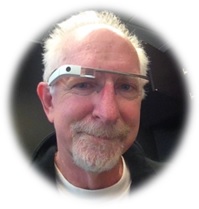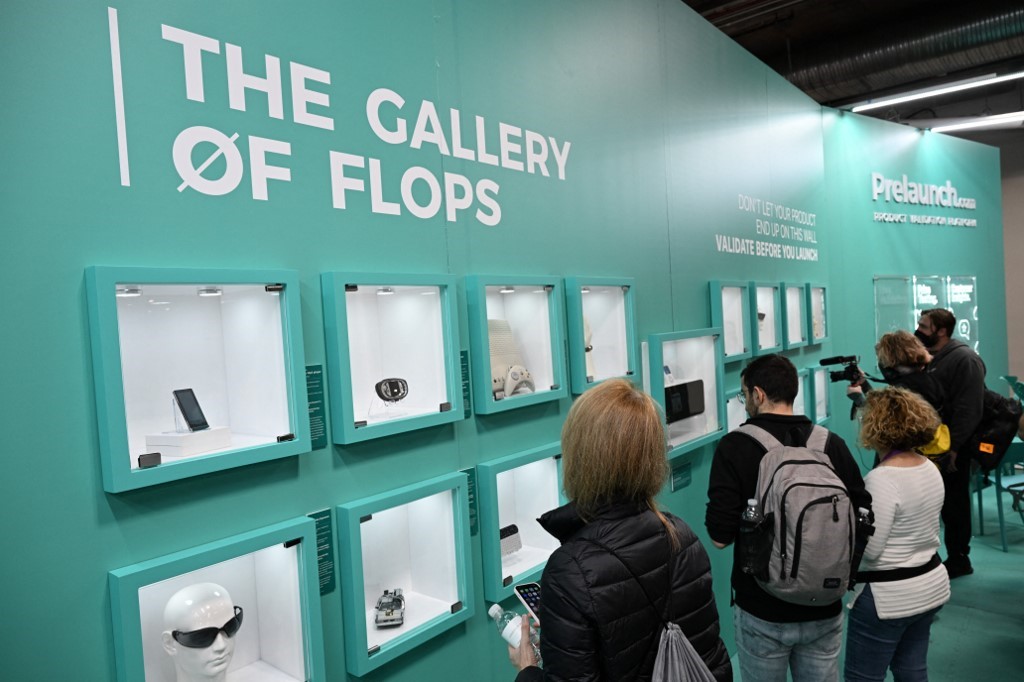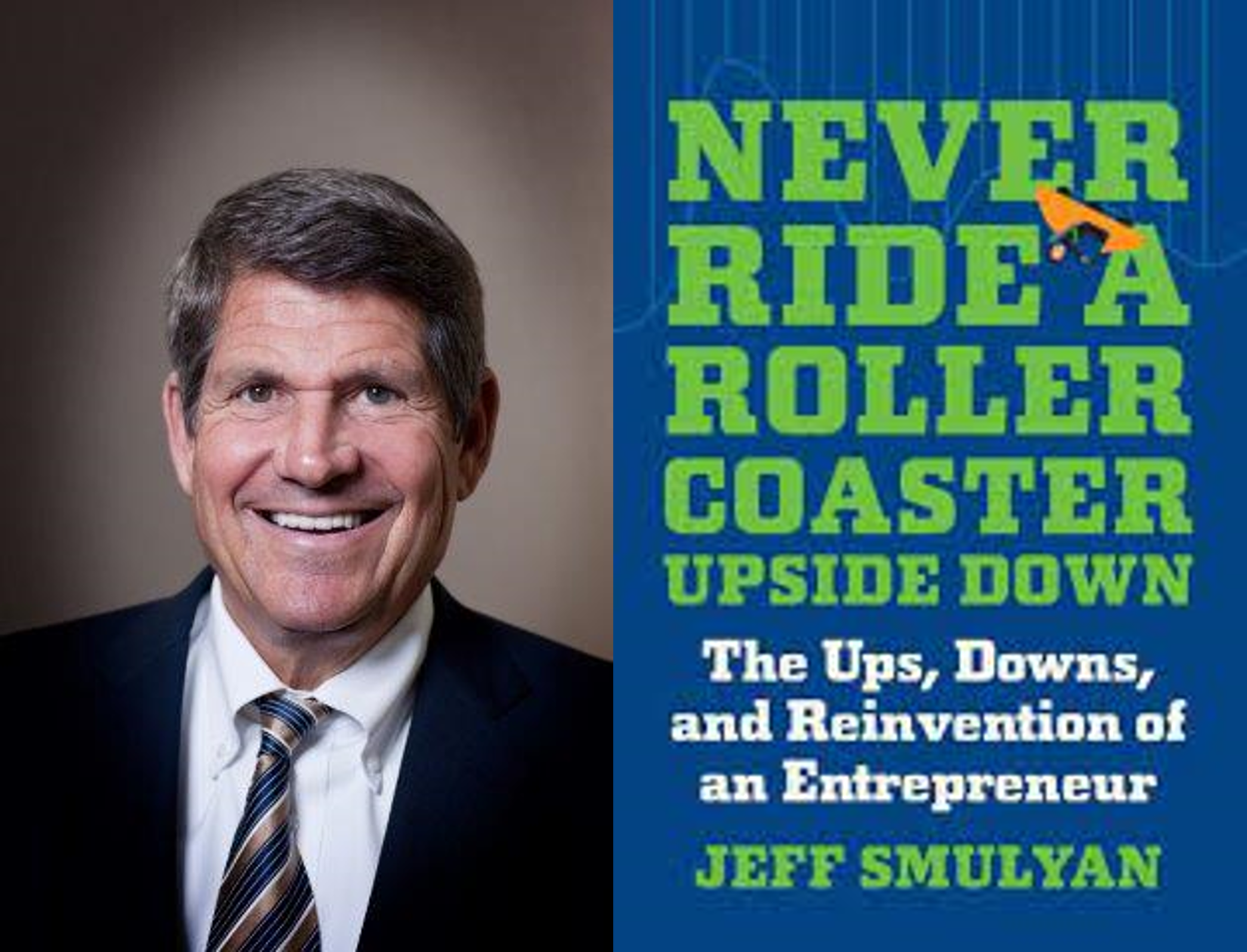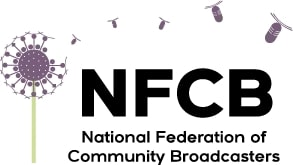
The more time I’ve spent researching the radio space for the past five decades, the more I’m convinced any “success formula” now involves a quantum shift in thinking. When I got into the business in the ’70s, there was a tried-and-true pathway to success. Like a paint-by-numbers kit, there was a formula that was generally well-understood by the players who owned and operated radio stations.
And back then, companies could only own 7 AMs and 7 FMs. Most acquired one of each in the markets they served. And with so few stations in their radio portfolios, owners were under pressure to make them all perform. There was no room for fails or consistent underperformers.
E ven though radio was generally a profitable business for many of the players in a given market, there was a very distinct pecking order in most metros. The best of the best were immensely profitable. In most cases, investment in properties, people, assets, and marketing had the strong possibility of paying off, typically generating impressive profits and greatly adding to the value of these stations and their parent companies.
ven though radio was generally a profitable business for many of the players in a given market, there was a very distinct pecking order in most metros. The best of the best were immensely profitable. In most cases, investment in properties, people, assets, and marketing had the strong possibility of paying off, typically generating impressive profits and greatly adding to the value of these stations and their parent companies.
Most of the well-known programmers, consultants, and even group heads and CEOs developed their own philosophies of how they ran their stations. The Bartell stations were some of the best Top 40 players in the business. Bonneville focused on news and community service on their AMs, and often “Beautiful Music” on their FMs. ABC (my alma mater) specialized in FM rock and AM Top 40 or News/Talk.
Later on, Infinity often employed combinations of Howard Stern/big personality, rock/classic rock, and pro sports play-by-play. There were exceptions, of course, but most companies had areas of expertise, comfort zones, and track records in specific areas of radio programming expertise.
personality, rock/classic rock, and pro sports play-by-play. There were exceptions, of course, but most companies had areas of expertise, comfort zones, and track records in specific areas of radio programming expertise.
Today, it’s a free-for-all, largely because of the way ownership rules loosened up in the ’90s – the deregulation that forever changed the business and the rules of the game. “Cluster programing” became ubiquitous, almost forcing companies to develop the ability and the agility to operate radio stations in many different formats. When you own a half dozen stations in a market, you’d better have core competency in multiple programming disciplines. Of course, these same conditions also meant that not every station in a local market group was likely to be successful, creating distinct hierarchies in the same buildings.
In the early decades of radio in the post-television era, there was a consistent amount of risk-taking. New formats – all-sports, classic rock, variety hits – were developed from scratch, later to become as numerous as incumbent formats like country, Top 40, and adult contemporary.
 The fact a breakout new format has failed to be developed in the past two decades speaks volumes about the lack of programming innovation in today’s radio business. And perhaps that goes a long way toward explaining at least part of why the industry has been generally stagnant for so long.
The fact a breakout new format has failed to be developed in the past two decades speaks volumes about the lack of programming innovation in today’s radio business. And perhaps that goes a long way toward explaining at least part of why the industry has been generally stagnant for so long.
True, there have been advances in the digital arena, but almost always reactive – in a catch-up mode – as the media and entertainment landscape has shifted.
Why all the risk-aversion in today’s radio? Why are the chances that most companies now take generally in safer environments, almost always without the support of advertising or marketing? Most broadcasters take a more conservative route, dabbling ever so slightly on HD2s and/or translators, rather than taking a shot on the mainstream airwaves.
I’m always looking for innovation in radio, and sadly, it is becoming more difficult to find. I was deeply influenced by Greater Media market manager, John Fullam, who made innovation part of his cornerstone philosophy in the operation of the company’s Philly cluster.
Combined with our regular visits to CES – now for 16 consecutive years (except for 2021 when the show was cancelled) – I’ve become convinced that unless the radio broadcasting industry took better and more impactful risks, we are headed down the road to oblivion.

Google Glass
Now, don’t get me wrong. I’m not advocating for risk for the sake of it. Broadcasters might have gotten away from some of those back in those wild, wild West days. Today, the world is more forgiving. That said, the world of technology has been distinguished by what’s known as the “fail fast philosophy.” We’ve watched big tech companies do a number of these in recent years: Google Glass, Amazon’s “AMP Radio,” Spotify’s “Car Thing,” Facebook’s “Deals,” and the list goes on. Many of these were short-lived debacles.
In fact, most of these epic fails have been forgotten thanks to successes in other quarters. And while entire divisions were shelved and scores (or more) of people lost their jobs as a result of these failed efforts, none of these miscalculations seemingly slowed their companies down a bit. In much the same way venture capital firms place their chips on multiple companies in the hope just one becomes a smash hit, there’s a general expectation many company initiatives will fail to see the light of day. And most CEOs are fine with that, assuming those risks were smart ones and the company learned valuable lessons or developed new technology or approaches despite the failure.
Earlier this year at CES, there’s was a fascinating display called “The Gallery of Flops,” an aptly-named exhibit of epic fails by companies you might think would know better. Among them, Microsoft’s failed Zune mp3 player along with Apple’s Pippin game console. The fact is, the biggest and best companies grossly miscalculate all the time. It’s part of the risk-reward process. The idea behind showing off these highly-visible debacles was to encourage companies and bootstrap entrepreneurs to “pre-test” their innovations before turning them loose in the marketplace.
Gallery of Flops,” an aptly-named exhibit of epic fails by companies you might think would know better. Among them, Microsoft’s failed Zune mp3 player along with Apple’s Pippin game console. The fact is, the biggest and best companies grossly miscalculate all the time. It’s part of the risk-reward process. The idea behind showing off these highly-visible debacles was to encourage companies and bootstrap entrepreneurs to “pre-test” their innovations before turning them loose in the marketplace.
In many ways, this is how many early radio innovations saw the light of day. Every new format has to start somewhere. Emmis’ sports radio gamble debuted in New York City. My first Classic Rock FM station was in Lansing, Michigan (actually, Charlotte), while the first “Christmas music” station rolled out in Phoenix. In all these cases, success in that first market leads to the inevitable momentum, often based on just that one-time success.
first Classic Rock FM station was in Lansing, Michigan (actually, Charlotte), while the first “Christmas music” station rolled out in Phoenix. In all these cases, success in that first market leads to the inevitable momentum, often based on just that one-time success.
You can read about the vagaries of innovation in Jeff Smulyan’s entertaining book, Never Ride a Rollercoaster Upside Down: The Ups, Downs, and Reinvention of an Entrepreneur, published in 2022. It is a textbook example of how virtually every company experiences the rainbow of victories, fails, and stomach aches that go hand-in-hand with risk-taking.
 A lot can happen when you take a risk and throw that long pass. It can fall incomplete (which means you lose a little time but live to fight another day), it can be intercepted (a fail, especially if it’s a Pick 6 by the opposing team), or you can make a long gain and perhaps, and even put some points on the board. But you know what happens if you don’t make that attempt.
A lot can happen when you take a risk and throw that long pass. It can fall incomplete (which means you lose a little time but live to fight another day), it can be intercepted (a fail, especially if it’s a Pick 6 by the opposing team), or you can make a long gain and perhaps, and even put some points on the board. But you know what happens if you don’t make that attempt.
Nothing.
Unlike football – a win-lose game (yes, there are occasional ties) – broadcasters can hedge their bets, focusing their creativity and their effort on a single market, even in a low-visibility setting like a smaller market. In much the same way a play might open up in Poughkeepsie or Off Broadway, most radio operators have the means and ability to pull off a safe launch in a given market, make their tweaks, do their research, and determine if there’s a “there there,” allowing for successful expansion to more markets.
That’s precisely how Saga Communications is approaching its exciting new initiative, leaning into the local news opportunity the company believes in totally. And of course, they’re making a smart bet. As regular readers of JacoBLOG and followers of our Techsurveys know so well, the local opportunity for radio has never been bigger or more fertile. Our tracking indicates it has only expanded since COVID as so many consumers have turned their attention to their local environs, an area that perhaps they can at least manage and better understand.
 Since the passing of company founder Ed Christian in 2022, Chris Forgy (pictured) has been at the helm of Saga. An initiative that was quietly underway in their Clarksville, Tennessee, market led by Katie Gambill is ground zero for an exciting multi-market rollout.
Since the passing of company founder Ed Christian in 2022, Chris Forgy (pictured) has been at the helm of Saga. An initiative that was quietly underway in their Clarksville, Tennessee, market led by Katie Gambill is ground zero for an exciting multi-market rollout.
A recent interview with Forgy by Barrett Media Network writer Garrett Searight tells the story how Saga has plotted out its rollout strategy. As Forgy tells it “The number one thing people want from media is connectivity. So that’s why the local aspect is critical.”
And of course, that’s a sound strategy given the data we’re seeing in our Techsurveys, particularly for commercial and public radio broadcasters. No matter the demographic, the value of radio’s community connection is clear.

Saga has cracked that code, starting with “Clarksville Now,” and expanding the program to 18 markets, with more to come. The company tends to own stations in smaller markets, making it more feasible to create local news verticals that are effective.
Forgy acknowledges a higher degree of difficulty standing up news verticals in major markets like Chicago or L.A. But in Saga-sized markets, the task is less formidable – and the need is greater. Many of these cities and towns have become “news deserts,” losing a hometown newspaper and other information sources.
verticals in major markets like Chicago or L.A. But in Saga-sized markets, the task is less formidable – and the need is greater. Many of these cities and towns have become “news deserts,” losing a hometown newspaper and other information sources.
Aside from the profitability of these news sites, another benefit is connecting and doing business with local companies that have never advertised on radio. Additionally, becoming a prime news sources in a market creates connections with civic, business, and community leaders – all conduits that foster local ties. These sites also encourage station execs to integrate with market leaders, always a good thing.
Forgy acknowledges one of the keys to the initiative is the ability of cluster stations to do the lion’s share of marketing for the new site. As he points out, “Other companies have tried to do this but we have one thing that they don’t and that’s a megaphone to promote the product and then to cross-promote with our news/talk stations.”
Of course, the local opportunity doesn’t stop there. Our mobile app company, jacapps, has focused considerable efforts in recent years on helping radio seize the local opportunity in myriad ways.
The examples below show some of the inventive approaches stations are taking on the local front. From highlighting local businesses (left below) to events guides (center below) to targeting distinct hometown audiences (right below), mobile apps can help companies establish stronger local roots while providing value to audiences and advertisers. Because young people are more likely to be totally connected to their phones and love social events and experiences, these apps resonate even more with this hard-to-reach market for broadcast radio.

As Saga’s Forgy points out, a combination of local savvy plus radio’s ability to easily reach most of the market gives these apps a strong possibility of succeeding.
And as we know, content can often be repurposed to create…more content. Any of the examples above form the nucleus of a local newsletter, another relatively easy way of not only connecting with the townies, but also capturing some of their data – their email addresses to be precise.
More and more, we’re seeing local radio stations – especially in the public radio sector – develop highly successful newsletters focusing on the hometown goings-on. A great example comes out of the Jacksonville public media building. JAX TDY is one of the better newsletters we’ve seen, filling an important need in the Jacksonville, Florida, community.
sector – develop highly successful newsletters focusing on the hometown goings-on. A great example comes out of the Jacksonville public media building. JAX TDY is one of the better newsletters we’ve seen, filling an important need in the Jacksonville, Florida, community.
It’s not alone. Many public media entities are producing multiple newsletters every week. Most of them serve specific local groups or issues in local communities. And they serve a growing portion of the audience. Last year’s PRTS study revealed substantial readership growth of these local compendiums:

When nearly seven in ten of your core fans read newsletters each week, you’re tapping into a medium that is more consumed than podcasts.
The local opportunity in many markets – especially smaller than 50 – is there for the taking. It is valuable turf that can be staked out in many ways. And with some digging around, it’s not hard to determine who else locally is vying for the same space. As Chris Forgy and other broadcasters have learned, it’s often less crowded than you might think.
Broadcast radio can stay the course and drive straight into oblivion, or we can take the scenic route and actively innovate within a world most of us know very well.
“Local” is a strategy that has served radio since stations have been licensed to communities. Lately, I’ve been thinking about an industry association that had never been on my radar screen until last year: NFCB, the National Federation of Community Broadcasters.
Rima Dael is the organization’s new CEO. NFCB’s president of the board descries Rima as “a fierce champion of localism and belonging, and she brings a passion for the essential role that community radio plays in our country.”
board descries Rima as “a fierce champion of localism and belonging, and she brings a passion for the essential role that community radio plays in our country.”
NFCB is a collection of approximately 200 eclectic radio stations defined by the communities they serve. These stations run the gamut, often defying format boundaries, but uniquely providing information and entertainment to the cities and towns they proudly serve.
Interestingly, NFCB celebrates its 50th anniversary next year. It’s somehow appropriate that a half century later, the mission of this organization resonates even stronger with broadcast radio today than it did back in the last century when it was launched.
 That required top-of-the-hour legal ID may be a bigger part of the solution than anyone thinks.
That required top-of-the-hour legal ID may be a bigger part of the solution than anyone thinks.
Originally published by Jacobs Media





